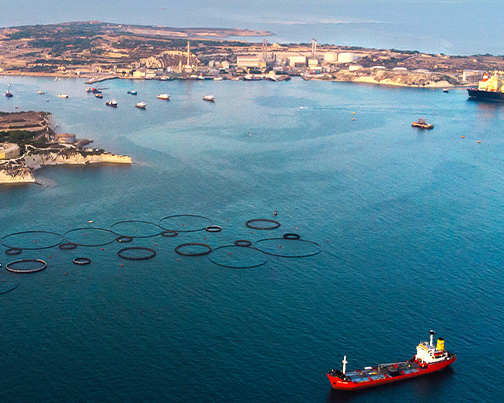The European Green Deal seeks a 90% reduction in these emissions by 2050. Moving to more sustainable transport means putting users first and providing them with more affordable, accessible, healthier, and cleaner alternatives. A key objective is to boost considerably the uptake of clean vehicles and alternative fuels. By 2025, about 1 million public recharging and refuelling stations will be needed for the 13 million zero- and low-emission vehicles expected on European roads.
The Commission supports the transition to sustainable mobility through the Connecting Europe Facility (CEF). Committed to spending 60% of the budget on infrastructure projects with a link to sustainability, CEF will be important in creating a European network of charging infrastructure for alternative fuels.
The negative environmental and health costs of transport – also known as externalities – are not generally reflected in prices. To rectify this, the Commission envisages extending emissions trading to the maritime sector and reducing the EU Emissions Trading System allowances currently allocated to airlines for free.
It is in cities that pollution is felt the most. A combination of measures is needed to address air quality, emissions, urban congestion, and noise. These include improving public transport and promoting active modes of transport such as walking and cycling. The EU will pay particular attention to reducing pollution in EU ports as well as the pollutants emitted by aeroplanes and airport operations.




